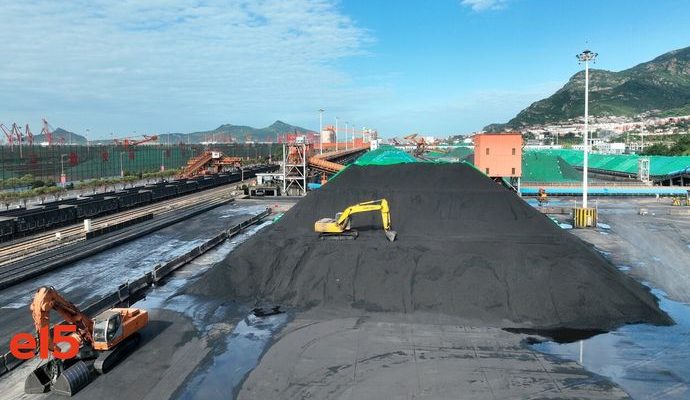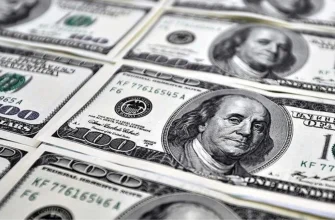Coal prices in Europe fell below $100 a tonne, the lowest level in nearly two years, as demand slumped and natural gas became cheaper. Last year, they climbed to four hundred and at one point even reached a record 460 dollars. Experts explain that there is now a lot of competition and weak demand in the market. “South African coal has to compete with Colombian, Indonesian, Australian coal in several countries that are buying,” an unnamed U.S. trader told S&P Global.
Europeans have to offer their supplies cheaper
According to Bloomberg sources, for example, Colombian coal, which Europe no longer cares about, is now headed to India and China. Last year, customers from the old continent increased their imports by 23 percent to thirty million tons. More coal is currently going to Asia also from South Africa, and according to some reports, Europe is even getting rid of its reserves directly.
“I recently bought a shipment from Poland and have some other offers. As global prices have come down considerably, Europeans are ready to sell at some loss, otherwise the quality of their product will continue to decline,” a buyer from India told S&P Global for a change. According to him, European coal has been in storage for some time and so it is difficult to compete with “fresh”.

Before the winter, European countries, in fear of shortages and high gas prices, and also in response to French reactors standing still, kept selected coal-fired power plants in operation for the period of the original plans, or even restarted them. At the same time, however, they lost Russian coal, the ban on its import was agreed by the 27th in April, and payments began in August. At the same time, the warring country delivered almost seventy percent of its coal consumption in thermal power plants to the EU.
Asian buyers are seizing the opportunity
The old continent therefore tried to buy in bulk and increase imports from Australia, Colombia or South Africa before the embargo was introduced. For example, Germany imported over 44 million tons of coal last year, eight percent more than in 2021. However, the great coal renaissance did not take place in the end.
Last year, it accounted for sixteen percent of the electricity produced, which meant a year-on-year increase in its share of the EU mix by 1.5 percentage points. Between October and March, electricity production from this source even dropped by a tenth year-on-year. The resurrected coal plants ended up running at an average of only 27 percent of their capacity.
And natural gas prices have also fallen dramatically, now hovering around €27 per megawatt hour in the virtual Dutch trading hub TTF. The last time they were at this level was at the beginning of the fall of 2021. The twenty-seventh thus currently has large reserves of coal and is not creating any demand. In the key ports of Amsterdam, Rotterdam and Antwerp (ARA) it is in stock as it was before winter. According to some opinions, European stocks could thin out and prices could rise again within five months, i.e. in autumn.

On the other hand, Asian buyers took advantage of the drop in prices and bought thermal coal, used as fuel in power plants, in large quantities in recent weeks. May seaborne imports to Asia rose to 78 million tonnes, the most in at least six years, according to Reuters. In addition, Asian customers have the option to buy Russian coal, similar to the case of oil.
Russia has a problem where to put its production
According to official sources, the warring country mined 444 million tons of coal last year, while its exports fell by almost eight percent to 211 million tons. Moscow makes no secret of the fact that it is betting heavily on Asian customers for the future. “We expect coal exports to the Asia-Pacific region to grow 1.5-2 times by 2030,” Deputy Prime Minister Alexander Novak said in late winter, according to Interfax.
However, the energy website Montel, citing its sources, states that a large amount of coal has accumulated in Russia on the routes leading to the Black Sea ports. This is due not only to EU sanctions, but also to declining Turkish demand. “The Turks can’t accommodate all the coal that Russia is mining, so there are big bottlenecks in Black Sea ports and railway depots,” a coal trader in Ukraine told the website.
“After Turkey, India is the next choice for Russian exporters, but logistically it is a difficult task,” he added. A Russian trader for Montel stressed that the country would have to offer big discounts to compete in the Asian market at the moment.








